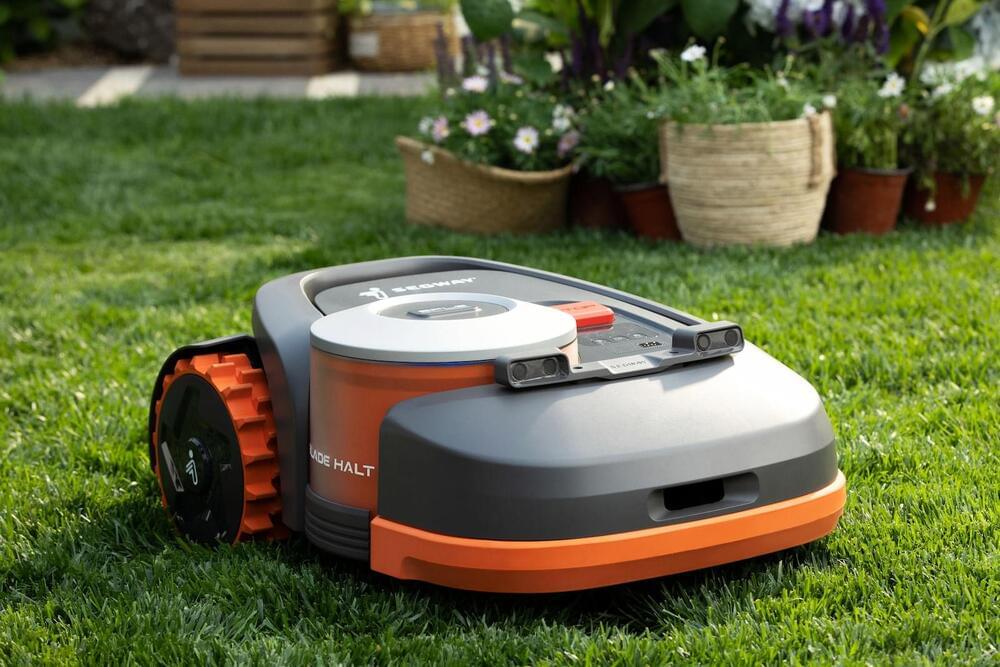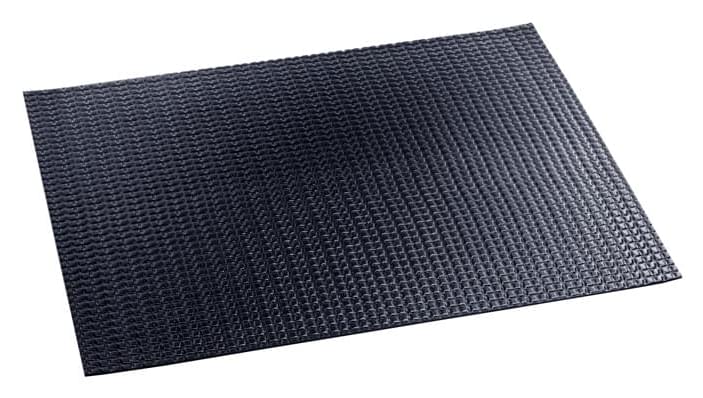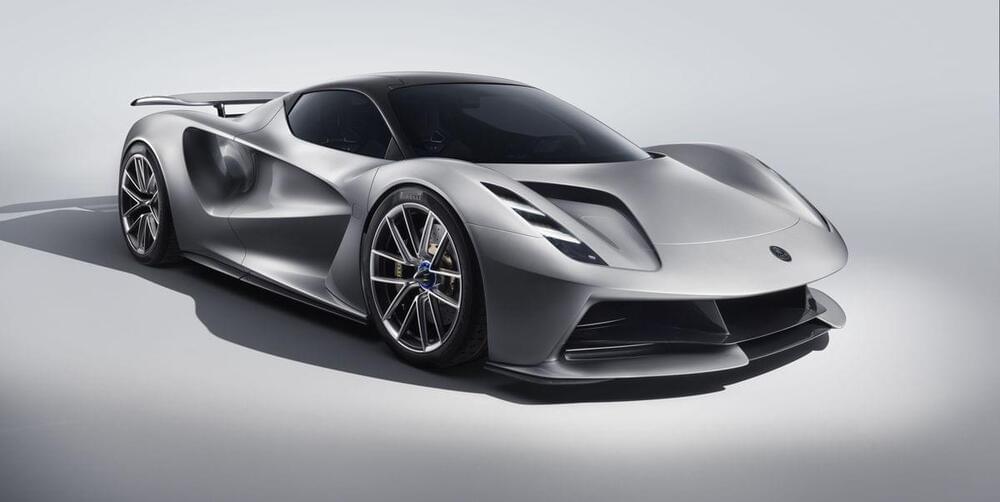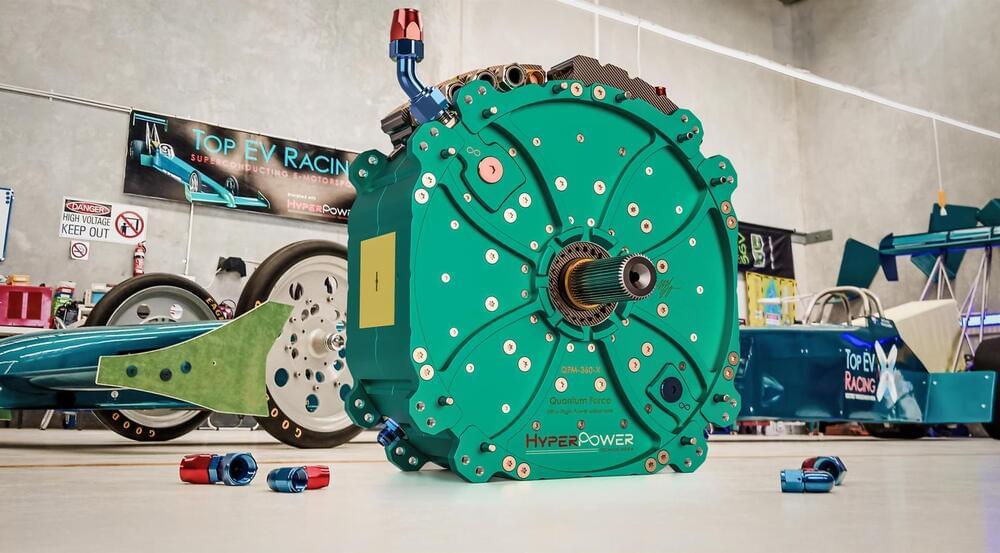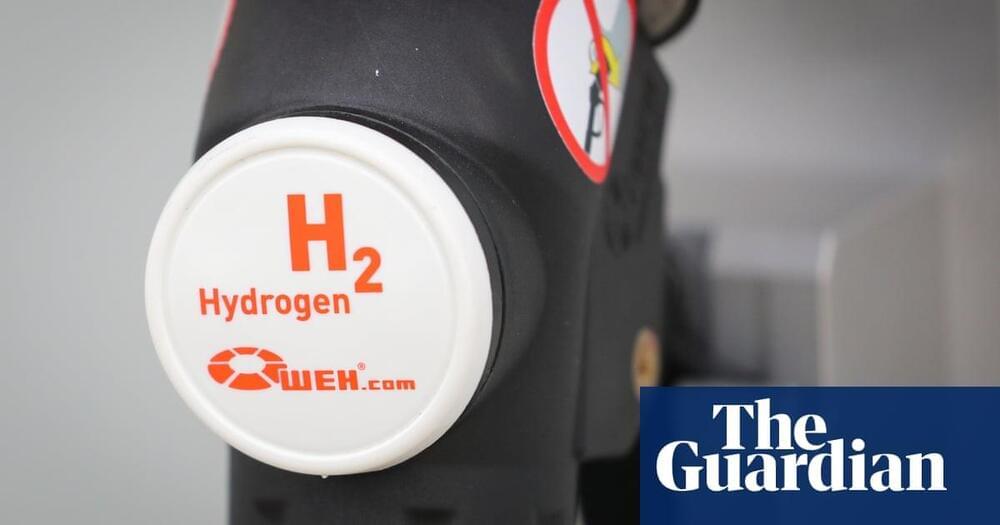Sep 3, 2021
Segway’s robot mower uses GPS to stay on your lawn
Posted by Dan Kummer in categories: information science, robotics/AI, transportation
There’s no need to install a perimeter wire with the Navimow.
Is moving into the robot mower market with the Navimow. What sets this model apart from many others is that you don’t need to install a boundary wire. Instead, Navimow uses GPS and other sensors to stay within the perimeter of your lawn.
A so-called Exact Fusion Locating System can maintain Navimow’s position accurate to within two centimeters, according to Segway. If the GPS signal ever dips, the company says the device’s array of sensors and data ensure it will still work. You can tell Navimow where to mow, define the boundaries and instruct it to avoid certain parts of your garden via an app. Segway claims Navimow uses an algorithm to figure out a mowing path so it doesn’t have to criss-cross.
Continue reading “Segway’s robot mower uses GPS to stay on your lawn” »
